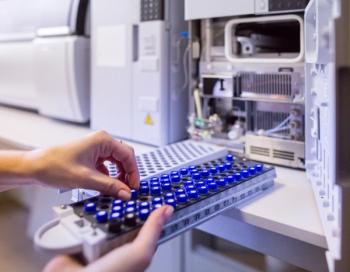Articles by Imad A. Haidar Ahmad

In this month's edition of LC Troubleshooting, Dwight Stoll and his fellow researchers discuss both the benefits (improved peak shape/loading) and challenges (excessive interaction) associated with charge-doped reversed-phase (RP) columns for both analytical and preparative separations.

In this installment of “LC Troubleshooting,” we discuss strategies that can be used to minimize the likelihood of compound degradation in the isolation process.

To reach satisfactory results in terms of accurate retention time prediction, new in silico optimization approaches must be considered.

Charged aerosol detection (CAD) is a powerful complement to ultraviolet (UV) absorbance and mass spectrometric (MS) detection for liquid chromatography (LC), particularly for analytes that have no UV chromophore, or do not ionize well by electrospray ionization. This article explores how to successfully use this technique.

LC users that are new to charged aerosol detection (CAD) will find behaviours that are different from ultraviolet (UV) detectors. This article discusses some of the most important of these behaviours and provides tips to shorten the path to usable data.

Charged aerosol detection is a powerful complement to UV and MS, but successful implementation requires understanding a few key factors, including response dependencies on temperature, nebulization process, analyte volatility, and mobile-phase composition.












